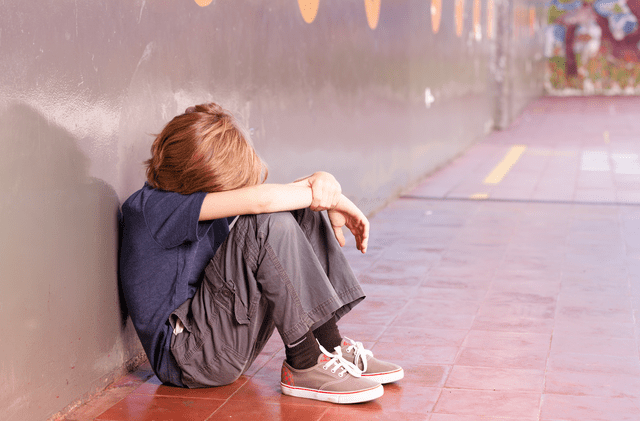National Bullying Prevention Month: What Makes a Bully a Bully?
October is National Bullying Prevention Month and while the topic is generally approached from the victim standpoint, we decided to look into the psychology of a bully to answer questions like “how are bullies made?”—and more importantly, “what can we do to prevent a child from becoming a bully?”.
It’s important to address this issue from all angles, including not just what bullying does to individuals but the reasons for bullying that perpetuate these sorts of negative actions in the first place.
So Why Do Kids Bully?
We grow up with an innate understanding that bullying behavior is bad so why do kids bully in the first place? Having a greater understanding of bullying causes is integral to breaking the cycle and offering compassion to children on both ends of the spectrum.
Children, in general, have a very difficult time distinguishing between right and wrong, and this seems to be an issue that is perpetuated in bullies. And while all bullies are not the same—and thus the reasoning behind their actions often differs from case to case—we do know quite a bit about the factors that tend to drive bullying behaviors. These include:
1. Feelings of helplessness and a desire to combat those feelings by expressing power over others
2.Insufficient social skills and an inability to read and/or react to the social cues of others
3.Poor self-esteem
4.Experiencing bullying themselves, often at home
5.Jealousy of others and fears about not fitting in
While this isn’t an exhaustive list of the reasons behind bullying, it does highlight some common trends that better explain why bullying occurs. The psychology of bullies is a new field of research, with quite a few studies underway. One ongoing study at the Yale Medicine Child Study Center has already discovered some interesting neural and experiential differences between those who bully and those who don’t.
According to the study, led by childhood anger and aggression expert Denis Sukhodolsky, Ph.D.:
1.Bullies score high in “callous/unemotional” traits and have an inability to recognize when others are in distress
2.Bullies’ difficulties with anger and aggression can often be traced back to distinct life experiences like childhood trauma and even certain parenting styles
3.Children with a tendency to bully have brains that look different than those who don’t
Future research is certainly needed, but these early findings suggest that bullying is about much more than just “kids being kids.” At the root of these types of behaviors are real physical, neural, and emotional differences that don’t excuse bullying behaviors but do lend us insight about why they happen and why therapy and other behavioral health treatments may be one of our best bets for combating the problem.
The Importance of Raising Awareness
We may never be able to fully put an end to bullying, but by raising awareness through things like National Bullying Prevention Month we can help more people understand why bullies become bullies and what we can do to stop the cycle.
Addressing bullying is important. One in three students say that they have been bullied in school, which in turn puts these students at risk for mental health issues of their own. And we already know that those who are bullied are more likely to turn into bullies themselves. The more we know about bullying behavior, the better we can address it in its earliest stages.
So what are some other ways to stop bullying? Parents and teachers should take action to not just understand bullies themselves but help other kids understand them too. Encourage children to speak up about bullying and offer them a safe space—and a listening ear—to share their experiences. And of course, model compassion yourself, both to those who are being bullied and, yes, to those who bully.






